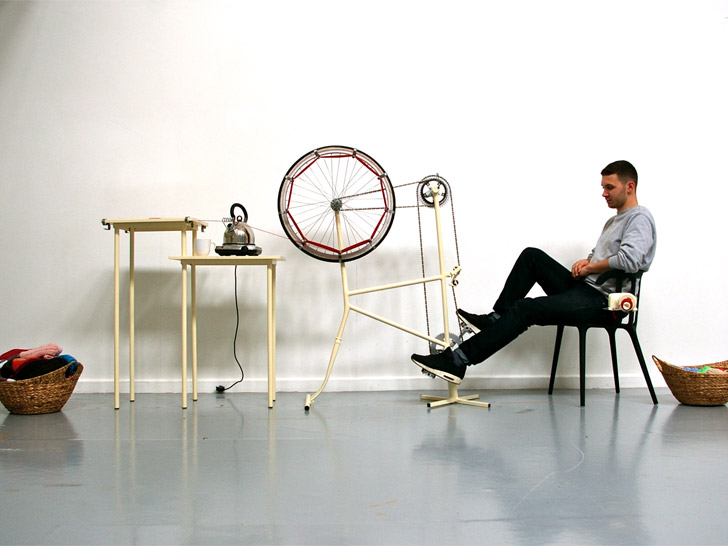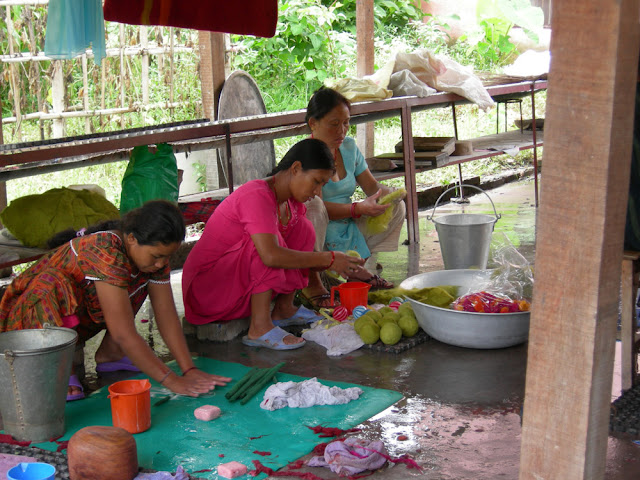Before I even begin speaking to the wonders that are Nike, I will admit my undying loyalty and love for the global mega corporation that is Nike. Yes I am aware of the seeming hypocrisy surrounding a love for such a corporation whilst advocating fashion sustainability. We all know the adage nobody is perfect, which Nike is not. It is also not an excuse for bad behaviour but that’s what makes Nike brilliant. They accept their mistakes, take ownership and are learning from them to be leaders in innovation and sustainability. After having watched almost every video by or on Nike, having meticulously poured over all their CSR (corporate social responsibility) reports (yes there is a lot fluff but that’s to be expected) and read everything published by or about Nike I can say with any academic integrity I have that Nike is actually doing more than just spewing corporate green marketing bullshit. A lot more than most of their compatriots in the sustainability arena. They also have an amazing VP of sustainability, Hannah Jones to inspire corporate heads (it is worth You Tubing her).
So why the Nike love?
Obviously the shoes….but all seriousness aside. First, Nike made one of the largest contributions to the Sustainable Apparel Coalition Index, the biggest industry collaboration/initiative, by handing over their Materials Sustainability Index (MSI) to serve as the basis for the Higgs Index (a tool used by designers to assess environmental impacts of materials ie. cotton, polyester, wool etc…). They were also one of the first to openly share their supplier list, which is completely unheard of in the fashion world as this is normally a to the grave type secrecy amongst fashion brands. Now they have stepped up their game again by releasing a totally user-friendly environmental impact assessment app for designers, ”Maker”. It’s not the ”Maker” app itself that is so ingenious, it is that they actually made an app. Why is that ingenious? Go ahead, try to find a designer who is not glued to their Iphone. Putting the tool in their hands is brilliant because the biggest challenge with sustainability is making it easy and it doesn’t get any easier than that. It also takes note of current behaviours such as the general love and fascination in using apps for everything. Plus the app is free and available to all designers regardless of who you may work for. The app is also user-friendly enough for anybody who is interested in making informed choices as to the environmental impacts of their clothing consumptions. It essentially breaks down the environmental impacts of all materials based on greenhouse gas emittance, energy usage, chemicals usage, water usage and the physical waste in the production of said material, how well it can be recycled and an all-around score. The information may not all make sense at first but at least the information is out there for all and any awareness is a step in the right direction.
Normally I am not a corporate giant fan. I love local, I love authenticity and limited runs. Handmade, craftsmanship and the labour of love that goes into making things. Yes the collective mass of the small locals can afflict change but the corporate giants have the money and the power. While many don’t use this for the good, Nike is trying and sharing. Sharing is caring…..?
But don’t take my slightly biased opinion ;) download and take a look for yourself. You don’t have to love ‘em but maybe you will learn something new and maybe it will influence a future design or purchase. Go ahead….Just Do It.



















































